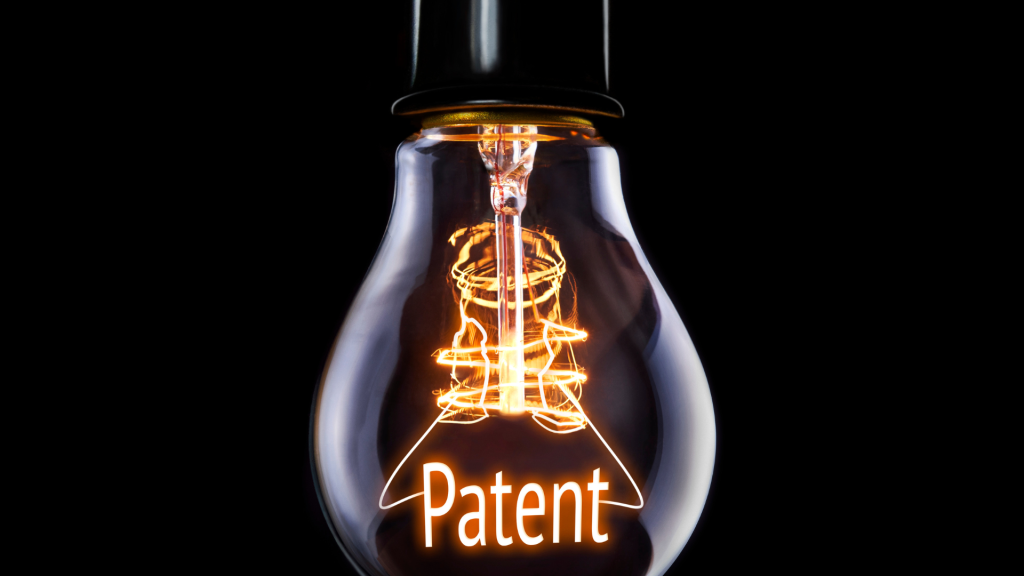In April 2023, BMW put an end to almost 13 years of litigation against Patent Assertion Entity (PAE) Stragent LLC by securing a covenant not to sue, without paying a penny.
Stragent had pursued BMW products through nearly continuous litigation over six separate cases between the Eastern District of Texas and the District of Delaware, accompanied by nearly a dozen proceedings before the United States Patent and Trademark Office.
During a 31 March 2023 hearing before the District of Delaware in one of the most recent cases, Stragent conceded that it could not present enough evidence to survive summary judgment. Facing unrebutted expert testimony of non-infringement and invalidity, and the spectre of an attorneys’ fee motion due to its failure to prosecute, Stragent granted BMW a covenant not to sue on Stragent’s full portfolio, including any future assets Stragent acquires.
BMW’s long-term litigation strategy provides insights into how companies counter allegations of infringement when facing patent-owning plaintiffs.
1. Burden of proof rests with patent owners
The patent owner always bears the burden to prove infringement. So, a patent owner unable to secure needed evidence during fact discovery will face an insurmountable burden come summary judgment.
In some of Stragent’s cases against BMW, Stragent made infringement allegations against a communications standard allegedly provided by a third party on devices manufacturer by other third parties. While BMW fully cooperated during discovery, central technological information was not within its possession, custody, or control. As such, Stragent needed to seek relevant information from third parties to sustain its broad allegations after the close of fact discovery.
Its inability to do so made crystal clear that it had failed to build a factual record supporting infringement of each accused product. By forcing Stragent to demonstrate infringement at the level of detail required to withstand summary judgment, BMW revealed that Stragent could not build its case through fact discovery.
2. A wide infringement net can be a plaintiff’s downfall
In patent litigation, like any complex litigation, building an infringement case requires orchestrating many moving pieces. And attacking an infringement case requires nothing less.
By targeting several key pressure points at once, BMW revealed critical structural weaknesses in Stragent’s cases. For example, BMW discovered and disclosed that Stragent’s infringement theories often hinged on whether components manufactured by third parties and used in BMW vehicles implemented optional features of the asserted claims. By pointing out these flaws across multiple litigations, Stragent was pushed to justify and defend its positions early and often, including in motions to dismiss and after claim construction, earning BMW stays of cases and dismissals after Markman.
But these were not the only vulnerabilities in Stragent’s cases. BMW used Stragent’s wide infringement net against it, as Stragent often accused scores of BMW products based on alleged representativeness of a single infringement theory.
In turn, BMW pressed Stragent to explain this representativeness and justify its broad theories. For example, Stragent most recently accused a laundry list of electronic control units and BMW vehicles of infringing by implementing AUTOSAR. However, Stragent never cemented the evidence it needed to show how each accused instrumentality implemented AUTOSAR, which version of AUTOSAR each implemented, or which ECU was found in which BMW vehicle. This failure proved fatal for the patent owner.
BMW also put pressure on Stragent’s infringement cases using validity challenges before the Patent Office. Through inter partes review and ex parte re-examination, BMW invalidated claims and forced Stragent to (1) make admissions it had to defend in District Court; (2) disclaim entire patents; and (3) abandon or lose prosecution of continuation applications based on BMW-submitted prior art. BMW Patent Office actions also put pressure on Stragent to disclose all relevant prior art to the Patent Office, or explain its failures to do so and face unenforceability counterclaims and defences.
BMW’s attention to each vulnerability meant that Stragent was unable to patch every weakness in its case individually. As a result, Stragent’s cases ultimately crumbled.
3. The spectre of fee shifting transfers power to the defendant
Serious risk of a fee award under, for example, 35 U.S.C. § 285 may force a PAE to the negotiating table. While fee shifting remains uncommon in US litigation, the availability of fees in exceptional cases can give a defendant the foothold it needs to win.
In BMW’s most recent case, Stragent admitted—repeatedly, both in writing and in open court—that it could not survive summary judgment on the closed factual record. Yet Stragent continued to litigate past the close of fact discovery, forcing BMW to prepare expert reports. Had Stragent not settled, it would have risked paying at least BMW’s fees incurred after Stragent conceded it could not prove infringement. Facing this risk, Stragent sought an end to all its disputes against BMW.
4. Counterclaims force plaintiffs to the negotiation table
A common tactic in the PAE playbook is to abandon weak infringement allegations only to return with new continuation claims in a new lawsuit. Over time, the repeated legal action will drain business resources more than even one protracted litigation would have. Against BMW, Stragent had asserted many patents over more than a decade of repeated litigation, making it so that a single invalidity or non-infringement victory would not end the dispute. BMW responded by challenging each of Stragent’s patents with prior art strong enough to affect continuation applications.
BMW also counterclaimed for both non-infringement and invalidity, preventing Stragent from withdrawing from its case should Stragent suffer setbacks at the Patent Office. This added pressure enabled BMW to insist on a covenant not to sue on Stragent’s entire portfolio, lest Stragent be forced to litigate the validity of its patents with no hope of securing an award of damages for infringement.
BMW’s invalidity counterclaims locked Stragent into the litigation it started, forcing it to negotiate instead of unilaterally dismissing its suit without prejudice.
5. A team able to seamlessly handle multiple litigations is key to success
Navigating a host of litigation positions across a range of patent venues requires a strong team with impeccable communication. Trust and coordination between in-house and outside counsel is the foundation for victory in a complex patent case. And an intelligent, diligent, and dedicated litigation team will set a party far ahead of the opposition. Here, BMW’s long-term strategy paid enormous dividends, as a consistent team was able to hold Stragent to positions and admission from prior litigations that might have otherwise slipped through the cracks.
In BMW’s case, its total victory—a free and public covenant not to sue on an entire patent portfolio—speaks for itself. BMW is thrilled with this result, which was the result of top-quality work product from the entire team, including both in-house and outside counsel.



